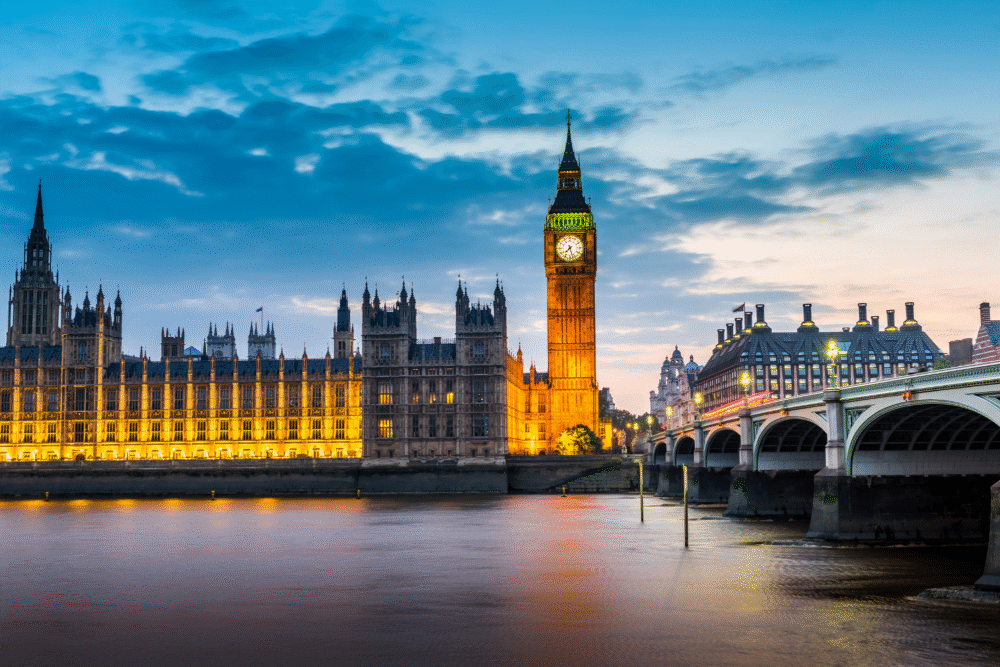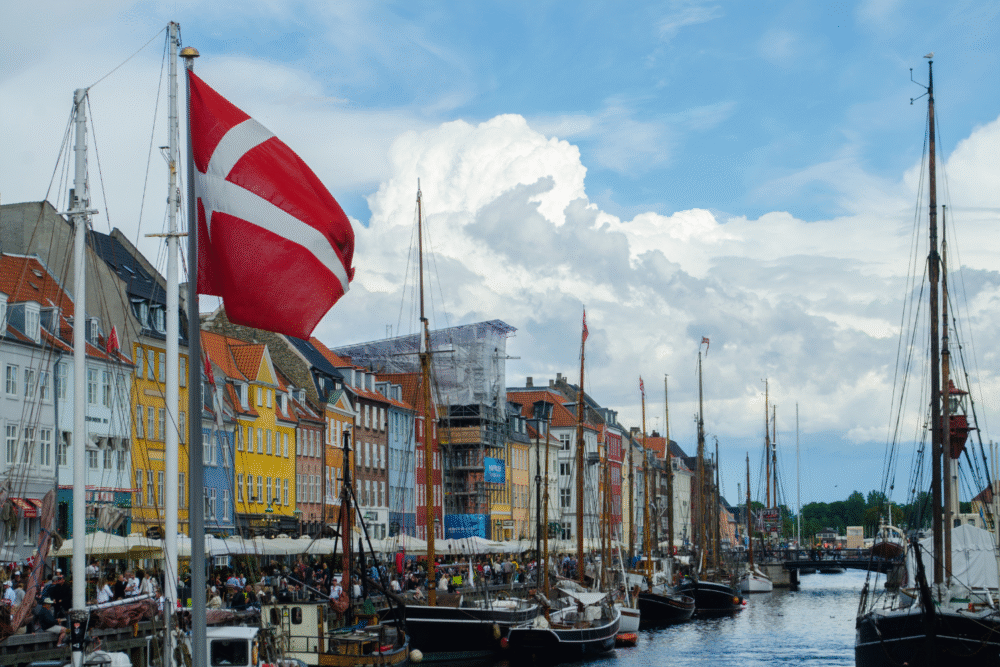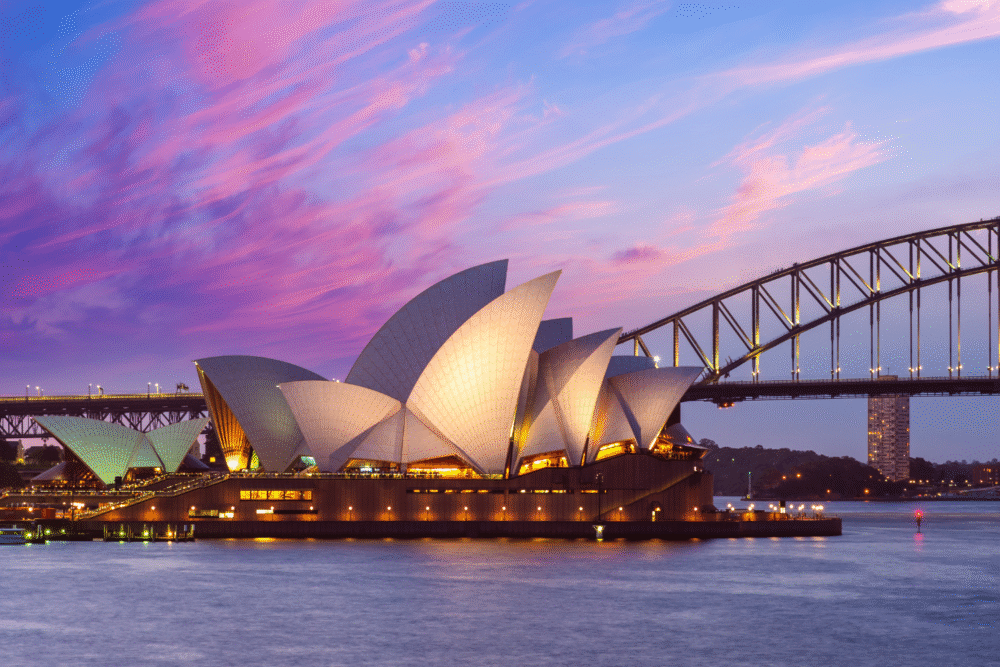Your passport may be ready, but your wallet might not be.

There is a certain magic to the idea of international travel, the thrill of immersing yourself in a new culture and seeing the world from a different perspective. For American travelers, however, the magic of that experience is often heavily influenced by a cold, hard number: the currency exchange rate. The relative strength of the U.S. dollar is the invisible force that determines whether a foreign country feels like a bargain or a splurge.
1. Switzerland is a famously expensive destination.

Even when the dollar is strong, Switzerland is known as one of the most expensive countries in the world. When the dollar is weak against the powerful Swiss franc, that expense is magnified considerably. The cost of hotels, dining, and transportation in cities like Zurich and Geneva can be shocking to an American tourist. The country’s high standard of living is reflected in its high prices for nearly everything.
While the stunning alpine scenery is undeniably worth seeing, a trip here requires a robust budget. Expect to pay a premium for train tickets, ski passes, and even a simple meal out. A weak dollar makes this a destination where careful financial planning is absolutely essential.
2. The United Kingdom’s strong pound presents a challenge.

The British pound is historically one of the world’s strongest currencies, and it often trades at a significant premium to the U.S. dollar. When that gap widens, a trip to London, Edinburgh, or the English countryside becomes a pricey proposition. The cost of a pint at a pub, a ticket to the theater, or a room in a central London hotel can quickly add up, making it easy to burn through your travel budget.
While there are certainly ways to see the UK on a budget, a weak dollar means your money simply doesn’t have the same purchasing power. You have to be much more conscious of your spending to avoid a painful credit card bill when you return home.
3. Many Eurozone countries can feel pricey with a strong euro.

The euro is the currency for a huge swath of popular European travel destinations, including France, Italy, Spain, and Germany. When the U.S. dollar is weak against the euro, this entire region becomes more expensive for American travelers. That romantic dinner in Paris or the gondola ride in Venice will cost you more of your hard-earned dollars.
While some Eurozone countries, particularly in Eastern Europe, can still be quite affordable, the popular tourist hubs in Western Europe will feel the impact of an unfavorable exchange rate most acutely. You’ll need to budget more for museum entries, train tickets, and daily expenses across the board.
4. Iceland’s natural beauty comes at a high cost.

Iceland has become an incredibly popular destination, known for its otherworldly landscapes of volcanoes, glaciers, and waterfalls. However, it is also a notoriously expensive country to visit. The Icelandic króna is a strong currency, and because the country has to import a significant amount of its goods, the base price for food, gas, and accommodation is very high.
When the dollar is weak, this expensive destination becomes even more so. A simple hamburger can feel like a luxury purchase, and the cost of renting a car and buying gas to see the famous Ring Road can be a major budget-buster. A trip to the land of fire and ice requires a significant financial commitment.
5. Norway’s high standard of living is reflected in its prices.

Like its Nordic neighbors, Norway is known for its incredible natural beauty and its very high cost of living. The Norwegian krone is a strong currency, and a weak dollar will make a trip to see the famous fjords a very expensive undertaking. The cost of food, in particular, can be a shock to American tourists, with prices for groceries and restaurant meals being significantly higher than in the U.S.
Activities like the famous “Norway in a Nutshell” train and boat tour are breathtaking, but they come with a hefty price tag that is made even more substantial by an unfavorable exchange rate. Careful budgeting is a must for any Norwegian adventure.
6. Denmark is another pricey Scandinavian destination.

Copenhagen is a beautiful and charming city, famous for its design, its cycling culture, and its world-class restaurant scene. However, Denmark is also one of the most expensive countries in Europe. The Danish krone is a strong and stable currency, and the country’s high taxes are reflected in the high prices of goods and services.
When the dollar is weak, that trendy Copenhagen hotel and the famous Danish pastries will all cost a premium. While it’s a wonderful place to visit, you should be prepared for the fact that your U.S. dollars will not go very far, particularly when it comes to dining out and accommodation.
7. Australia is a long-haul trip with a high price tag.

A trip down under is a dream for many, but it requires a significant investment of both time and money. The Australian dollar is a major global currency, and when it is strong against the U.S. dollar, the cost of a trip can be substantial. Major cities like Sydney and Melbourne have a cost of living that is comparable to, or even higher than, major American cities.
The cost of domestic flights to get between Australia’s far-flung destinations can also add up quickly. A weak dollar will make everything from a tour of the Sydney Opera House to a snorkeling trip on the Great Barrier Reef feel that much more expensive.
8. New Zealand’s adventure activities come at a premium.

New Zealand is the adventure capital of the world, offering everything from bungee jumping and jet boating to stunning multi-day hikes. However, these incredible experiences, combined with the country’s remote location and strong currency, make it an expensive place to travel. The New Zealand dollar, or “kiwi,” often trades strongly against its U.S. counterpart.
When the exchange rate is unfavorable, the cost of accommodation, food, and the country’s famous adventure activities can be a real challenge for a traveler’s budget. To get the most out of a trip to this beautiful country, you’ll need to plan carefully and be prepared for high prices.
9. A strong Canadian dollar can surprise American travelers.

Because of its proximity, many Americans assume that a trip to Canada will be a bargain. However, the exchange rate between the U.S. and Canadian dollars can fluctuate significantly. When the Canadian dollar, or “loonie,” is strong, a trip to destinations like Vancouver, Toronto, or Banff can be surprisingly expensive.
Americans can be caught off guard when they realize their dollar doesn’t have the overwhelming purchasing power they might have expected. The cost of hotels, dining, and gas can be on par with or even higher than in the U.S., particularly when the exchange rate is not in their favor.
10. Israel can be an expensive Middle Eastern destination.

Israel is a country with a rich and complex history, and it is a fascinating place to visit. It is also, however, a surprisingly expensive travel destination. The Israeli shekel is a strong currency, and the cost of living in cities like Tel Aviv and Jerusalem is quite high. A weak dollar will make a trip here a significant financial undertaking.
Travelers will find that the cost of hotels, tours, and dining out is much higher than in many neighboring countries. While the experience is unique, a trip to Israel requires careful budgeting, especially when the currency exchange rate is not favorable for American tourists.
